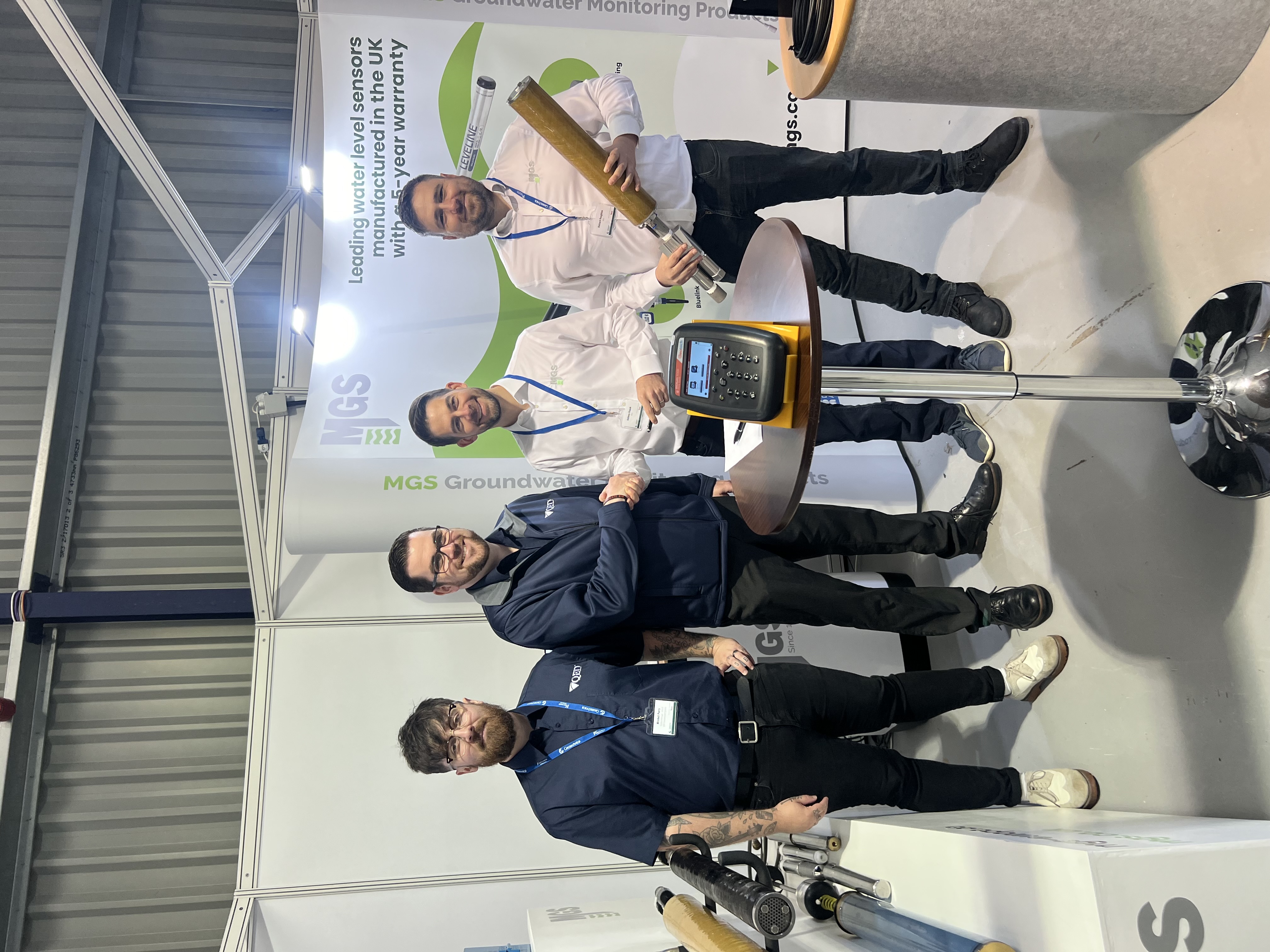- Products
- Markets & Applications
- Service & Support
- About
- News & Events
- Find a Distributor
- Contact Us
- language Select Region

With new emissions analysis revealing a number of methane hotspots across the UK, an environmental technology expert is highlighting the potential for specialist gas monitoring to help address this challenge.
The analysis, conducted by The Guardian and Watershed Investigations[1], was based on emissions data from the National Atmospheric Emissions Inventory (NAEI) and Watershed pollution map. It identified 100 hotspots, including landfill sites, farmland, and the UK’s last active coal mine as major sources of methane emissions.
Following this development, James Jones, Head of Gas Analyser and Detection Products at QED Environmental Systems, is calling attention to how gas monitoring technology can help legacy sites take control of emissions hotspots that may otherwise go under the radar.
He said: “As a colourless and odourless gas, it is rather easy for methane leaks to go undetected without the proper equipment. However, with a global warming potential 84 times higher than that of carbon dioxide over a 20-year period, it is critical that landfills, farmland and other applications such as power stations have both full visibility and control of their methane emissions.
“This is best achieved through specialist gas monitoring equipment, deployed as part of a comprehensive emissions monitoring programme. Given the significant global warming potential of this gas, this will not just be critical to meeting the UK’s target of slashing methane emissions by a third by 2030, but to achieving wider Net Zero targets as a whole.”
According to the UK’s latest greenhouse gas emissions figures, methane made up 14% of the UK’s total carbon footprint in 2022, making it the second largest polluter behind carbon dioxide[1]. However, with methane emissions often far more diffuse in nature, assessing the true scale of the challenge, and in turn addressing it, can often be difficult.
[1] https://www.theguardian.com/environment/article/2024/sep/03/uk-methane-hotspots-landfills-last-coalmine
Here, specialist equipment such as QED’s SEM5000 offers a means for landfill operators and farmers to accurately detect and report methane leaks. Making use of patented laser technology, the SEM5000 is specific to methane, and can detect the presence of the gas between 0.5ppm and 100% concentration in as little as two seconds.
In turn, this allows operators to easily pinpoint the location of methane leaks on site, whether big or small, and decide on the best course of action.
James concluded: “While the scale of the challenge ahead is apparent, the good news is that solutions already exist through which operators can get an accurate assessment of their methane emissions. If deployed as part of a comprehensive monitoring and remediation scheme, this technology could hold the key to addressing the UK’s last mile of methane hotspots.”
For more information on the SEM5000, CLICK HERE.
[1] https://assets.publishing.service.gov.uk/media/65c0d15863a23d0013c821e9/2022-final-greenhouse-gas-emissions-statistical-release.pdf
Ready to take control of your environmental monitoring? Get in touch with QED today.